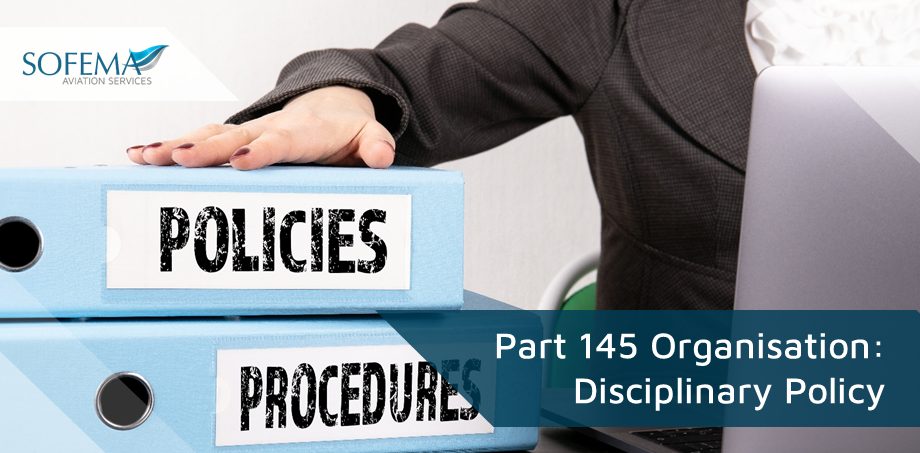Sofema Aviation Services (SAS) considers the issues of Just Culture within a Part 145 Maintenance Organisation
Introduction – Just Culture
Organisations should endeavour to implement a Just Culture Policy whereby the role of the organisation, as well as the individual, is considered.
In the vast majority of circumstances the employee did not intend a “bad” outcome, therefore all necessary steps should be taken to understand the reasons behind the issue and to take the most appropriate course of action (mitigation).
Effective SMS implementation is dependent upon a clear, mutual understanding of errors and violations and the differentiation between the two – The understanding of Intent!
While an error is unintentional, a violation is a deliberate act or omission to deviate from established procedures, protocols, norms, or practices.
Now Consider the Difference between the following Violations:
- Personally, Optimizing Violations
- Organizationally Optimizing Violations
Note: Errors or violations may result in non-compliance with regulations or approved operating procedures.
The Problem – Punitive measures taken in response to acts of non-compliance may lead to a reduction in the reporting of errors in the absence of other processes.
The Challenge – To consider whether acts of non-compliance are the result of a violation or inadvertent error when determining what action is appropriate.
Normal Criteria to Consider the appropriate degree of “Punishment”
The criteria normally are whether non-compliance is the result of an Error, Willful Misconduct, or Gross Negligence.
Humans will commit errors regardless of the level of technology used, the level of training, or the existence of regulations, processes, and procedures.
An important goal then is to set and maintain defenses to reduce the likelihood of errors and, just as importantly, reduce the consequences of errors when they do occur.
To effectively accomplish this task errors must be identified and reported and analyzed so that appropriate remedial action can be taken.
The strategies to control errors leverage the basic defences within the aviation system. These include:
Reduction Strategies provide direct intervention to reduce or eliminate the factors contributing to the error. Examples of reduction strategies include the improvement of ergonomic factors and the reduction of environmental distractions.
Capturing Strategies assume the error will be made. The intent is to capture the error before any adverse consequences of the error are felt.
Note: Capturing strategies are different from reduction strategies in that they utilize checklists and other procedural interventions rather than directly eliminating the error.
Tolerance strategies refer to the ability of a system to accept that an error will be made but without experiencing serious consequences.
The incorporation of redundant systems or multiple inspection processes are examples of measures that increase system tolerance to errors.
Next Steps
Follow this link to our Library to find & Download related documents for Free.
Sofema Aviation Services (www.sassofia.com) and our online training service Sofema Online (www.sofemaonline.com) provide Classroom, Webinar and Online training in support of EASA Part 145 & Safety Management System (SMS) training including combined HF / SMS training – please email us at team@sassofia.com
Tags:
Aircraft Maintenance, aviation, aviation safety, EASA, Sofema Aviation Services, Part 145 Maintenance, Aviation SMS, Just Culture, SAS blogs, Part 145 maintenance organisations





